This article explores how the Self can be viewed as a community of sub-personalities – distinct and relatively autonomous parts of a person that emerge in response to specific psychological situations or contexts. The way in which these parts of the self are used in psychotherapy often overlooks the role that the body plays in our psyche. We will show how the Qi functions of East Asian medicine can be experienced as body-based subpersonalities and how treating these functions as ‘internal people’ transforms Shiatsu therapy.
The Narrative Self
Imagine you are on a date. As you get to know each other, you both naturally share stories from your past — moments that shaped you, things you love or dislike, and your hopes for the future. Through this exchange, you each begin to build mental models of the other: internal representations that help you predict how the other person might act or respond in different situations. In fact, you already use a similar model of yourself.
Several psychologists and philosophers call this the Narrative Self since it emerges from an edited version of our history. The key word here is ‘edited’. If your date turns into a long-term relationship, your partner will notice that what you actually do and the things you really like are often quite different from your narrative. It’s not as simple as saying that you show your best sides in your anecdotes, you can be completely honest but also hold a mistaken model of yourself.
Iain McGilchrist[i], along with other psychologists and neurologists, has shown that the narrative self is primarily rooted in the left hemisphere of the brain. This hemisphere specialises in constructing models based on past patterns of behaviour and personal preferences. It is also the region responsible for language — so when we talk about ourselves, it is this part of the brain that is doing the talking.
Our narrative self is shaped not only by personal experience but also by the cultural environment around us. As teenagers, for example, we often seek an identity that distinguishes us from our parents. We’re frequently drawn to a group — perhaps initially because we admire someone within it — and we begin to adopt the tastes and values of that “tribe”: their music, clothing, politics, and so on. This is a natural part of adolescence and of forming an adult identity.
However, in modern society, we often fail to balance this socially constructed self with what we might call our individual spirit — the deeper, intuitive sense of who we are beyond group identity. And it is here, I believe, that many of our psychological and physical difficulties begin.
The strength of the narrative self lies in its speed. When faced with a new situation, it quickly categorises it as similar to a story it already knows. It skips over the unfamiliar, smoothing out nuance, so it can draw quickly on past experience to predict, analyse, and judge. Guy Claxton[ii] calls it the Hare Mind — nimble, clever, and fast.
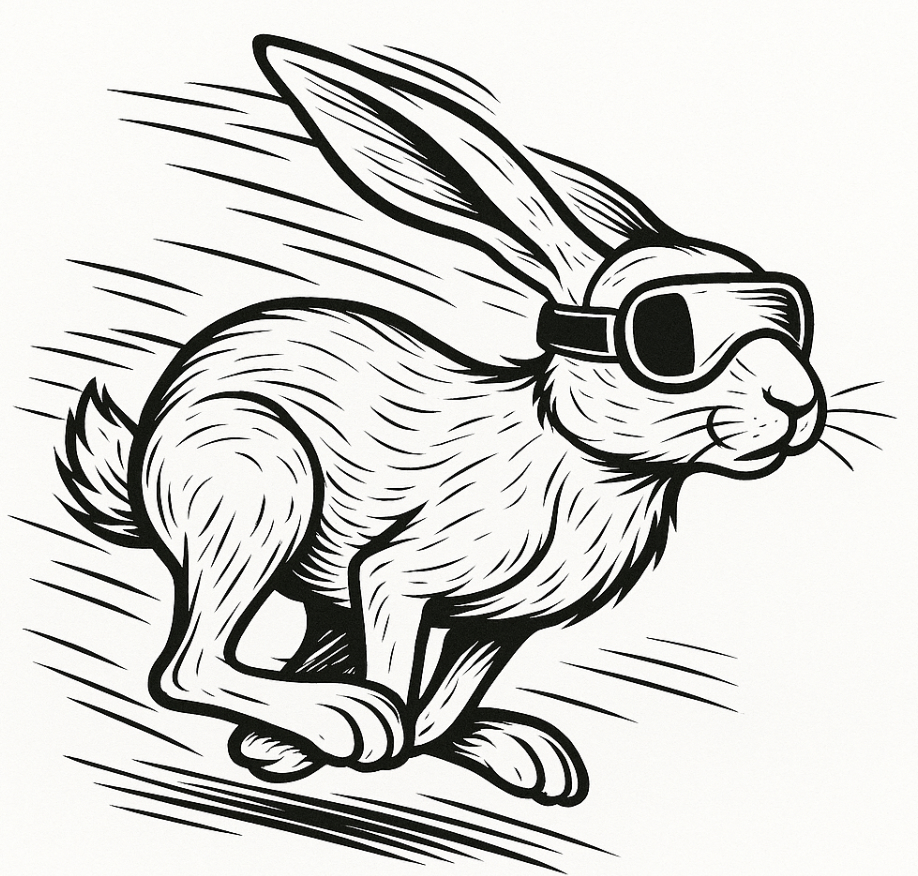
But this quickness blinds it. It misses the whole picture, the shimmering edge of the unknown that might change everything. It sees the present through the tinted lens of the past and calls it understanding.
Worse still, many of its stories are borrowed — hand-me-downs from parents, peers, media, and culture. These tales may carry the weight of collective wisdom, but they were not written for your life. They are second-hand maps, and they do not always lead you home.
Claxton identifies another type of thinking he calls the Tortoise Mind. It is more playful, without straightforward aims. It ruminates and dreams and gives space for the situation to unfold and reveal its newness. It takes in the complexity of the present, sees how you, personally are part of the situation and allows your individuality to assert itself so you are not over-conditioned by other people’s views.
Yet this part of us cannot speak in words — and so, in the noise of everyday life, it is often drowned out. But when we offer it space and stillness, it begins to speak in its own language: through bodily sensations, spontaneous movement, and non-verbal sound.
Iain McGilchrist links it to the right hemisphere of the brain, but I see that hemisphere more as a receiver — tuned to deeper, body-based intelligences. Some of this wisdom, I believe, does not originate in the brain at all, but arises from other living systems within the organism — a chorus of intelligence spread throughout the body.
It’s time for you to die!
Several years ago I watched a documentary about an Amazonian tribe. A thirteen year old boy was playing in the river when an elder approached him and said “It’s time for you to die!”. No one was shocked, for them it was a normal part of growing up. What he meant was that it was time for the child to die and the adult to start to form. From that moment the boy spent most of his time in a Men’s Circle learning how to be a man. So far this is similar to our adolescent development, except that his adult-circle was chosen by the elder, while we choose our own gang. The difference came a bit later when the young man went alone to fend for himself in the wild, separated from the tribe and his group. This “alone-time”, with the help of rituals and structure, put him in touch with his individual spirit so he could feel his core purpose and knew what role he had to play in the tribe. When he returned, they recognised this insight and gave him a role that harmonised with his spirit.
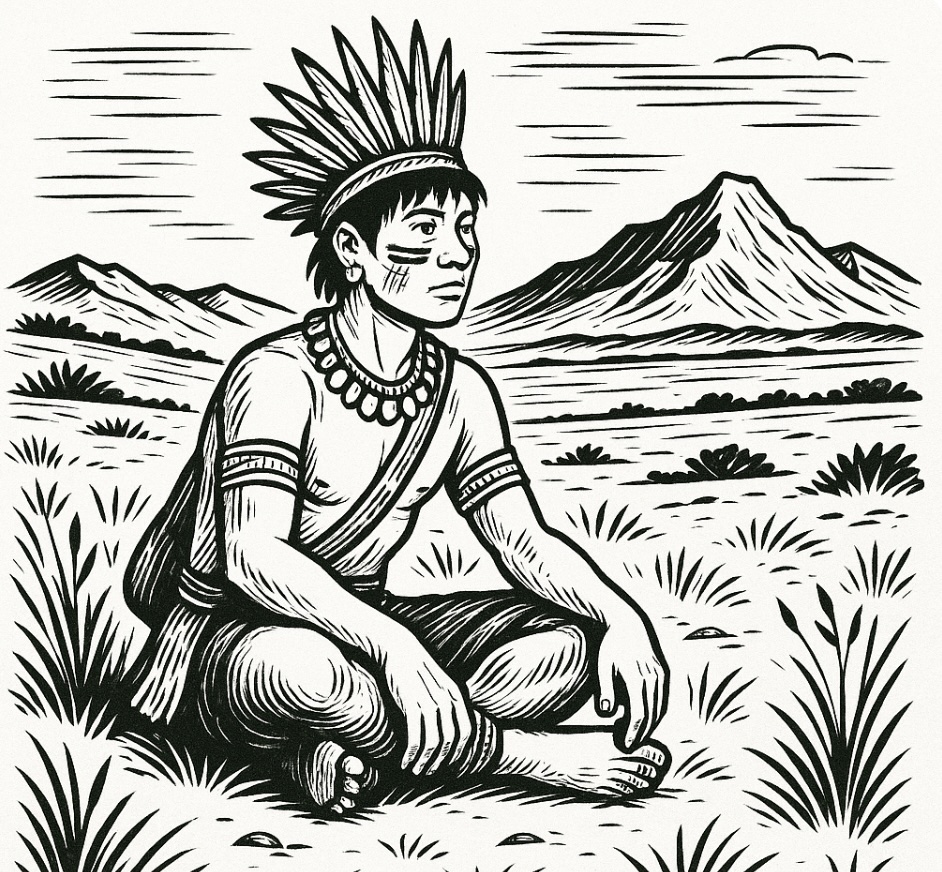
Quiet, solitary time creates a space where deeper parts of ourselves — those beyond the reach of the narrative self — can begin to emerge. The narrative part of us is outward-facing, shaped by imitation and social expectation. It is also backward-looking, stitched together from past experiences and remembered stories. Because of this, it often leads us to act in ways that aren’t truly aligned with who we are in the present. When the truth of the body is overridden, this inner conflict can show up as resistance, injury, or exhaustion — the cost of living by a story that isn’t fully our own.
The Tortoise People
Many forms of psychotherapy identify and engage with different parts of the self. They often use the body to access these sub-personalities, but often they end up by helping them to express themselves verbally. At the end of the day, because they have their own stories and interact through words, most sub-personalities are aspects of the narrative self, or express themselves through it. So they are focused on coping with personal history and managing relationships with the outer world.
Beyond these verbal parts are deeper intelligences that safeguard our spirit and body. Of course, the narrative self includes concepts of the body but, in the main, these are ideas of how the body looks to others, it’s prowess or lack of ability, and its ability to carry out the wishes of the mind. In modern culture, the body is often seen as a tool for fulfilling mental agendas. For instance, many men are conditioned to live within a story that expresses their strength and endurance. This can lead them to ignore complaints from the body. Then they injure themselves. Many of my male clients have expressed impatience with and even hatred of a painful part of their body – wanting me to fix it quickly so they can go back to using it as normal.
I prefer to help them to view pain as the body speaking. It’s asking them to find another way of moving or behaving. I teach them how to listen to the language of the body, not using words or images but noticing particular sensations and movements. Alongside this, we play with different ways of using the painful part, crucially not imposing a ‘correct’ way but listening to the body until it indicates which movement it prefers.
When we start to perceive the language of the body it turns out to be just as rich and subtle as words. The famous dancer, Isadora Duncan , was once asked by a reporter: “Miss Duncan, what did that dance mean?”. She replied “Young man, if I knew that I wouldn’t need to dance!”.
One of the reasons these inner people are ignored is that they don’t speak in words. Even if we learn to understand their communication through movement and sound, the modern world still doesn’t give them time or space. They need alone-time and a slower pace to take in the whole picture, digest it and respond. They make up Claxton’s tortoise mind, so we can call them the Tortoise People.
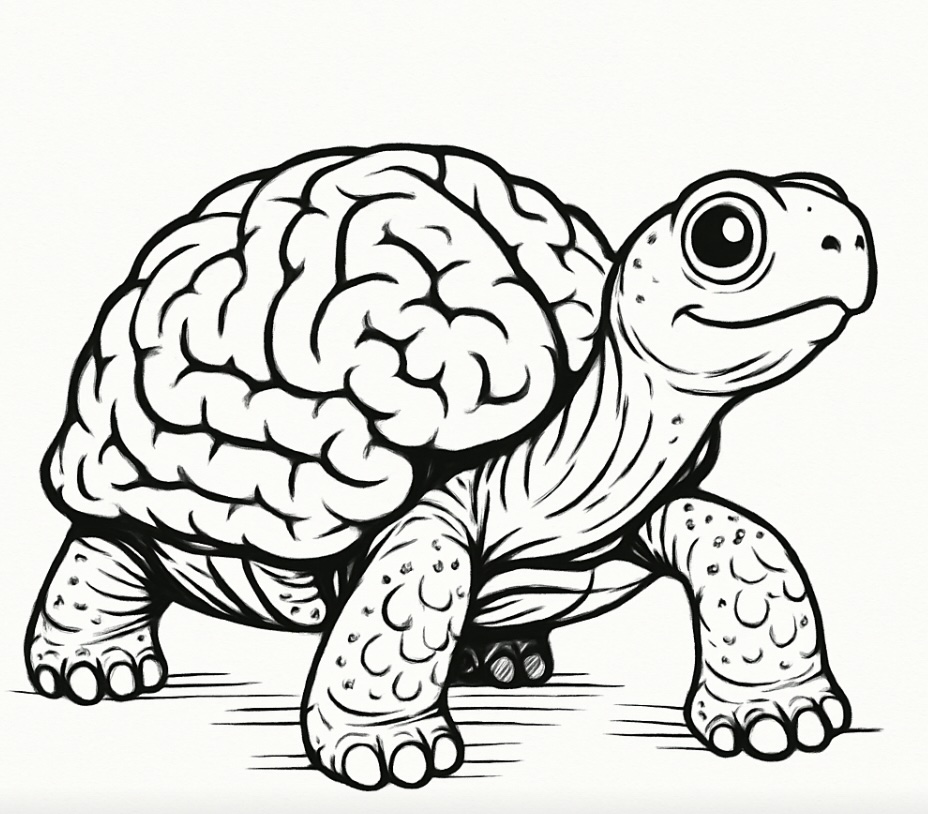
The tortoise people are the sub-personalities of the body. They align more with Iain McGilchrist’s description of the right hemisphere of the brain:
- Perceiving the whole organism, not just parts or abstractions.
- Seeing things in context and in relation to each other.
- Emphasizing connection over control, and relationships over manipulation.
- They are the source of imagination, insight, metaphor, and creativity.
We can see from this list that these capacities complement the functions of the narrative hare-people. Without the tortoise-people, we tend to objectify the world, only seeing its parts without grasping the whole. As McGilchrist points out, much of the trouble in the world comes from the fact that the narrative self has taken over leadership of the internal community and ignores the whole-picture wisdom of these body-based entities. I think that the way we treat our body is very similar to the way we treat our planet. So if we can learn to incorporate and listen to the tortoise-people, maybe we will also learn to listen to our non-human environment.
Listening to the Tortoise People
Most people are familiar with the sense of gut feeling so this is a good place to start listening to the body. For instance, I embark on a course of action but I get a tight, achy feeling in my gut, my breath stops and I lose energy. I know in a profound way that I am making a mistake. The body uses gut feelings, pain and other forms of discomfort to protest against decisions made by the narrative self. But we often ignores the message. By taking the body-people seriously when they complain, we tell them that we are listening and then they start to help us in more positive ways, giving us guidance even when nothing is wrong.
Society constantly pressures us to behave in ways that may not arise from our true nature. Over time, we often internalise these expectations, folding them into our narrative self, where they take the form of inner commands: “I shouldn’t show weakness,” or “I must always be kind.” These swallowed pressures are called introjects and someare easy to adopt — even helpful. But others are so alien to our nature that we need to say “NO!”, otherwise our spirit is crushed.
We need a way to discern which pressures we can authentically integrate, and which ones we must refuse — not out of defiance, but out of fidelity to who we are. Without that inner discernment, we risk losing contact with our deeper self and living a life shaped by empty rewards and hollow purpose.
The first step is to re-externalise our introjects. This means that when we catch ourselves saying “I should…” or “I must not …”, that we reframe the demand as coming from an external source. Maybe we remember who gave us a particular inhibition, so we can say, for instance: “My father tells me to be quiet” or maybe, more generally, we can just say “Society tells me I should not do this”. Then it is easier to ask “Is this demand something I can take on without harming my spirit?”
One of the tortoise-people, which we can call The Discriminator, is the part of us that can answer this question. In Chinese medicine, it is called the Small Intestine because that organ in our body selectively detects those parts of our food that we can assimilate and those that are not needed or even toxic. The Qi-function is much wider and not limited to food. Cultural pressure can also be seen as energy that is being taken in, analogous to food. So the Discriminator can tell us which pressures to accept or resist.
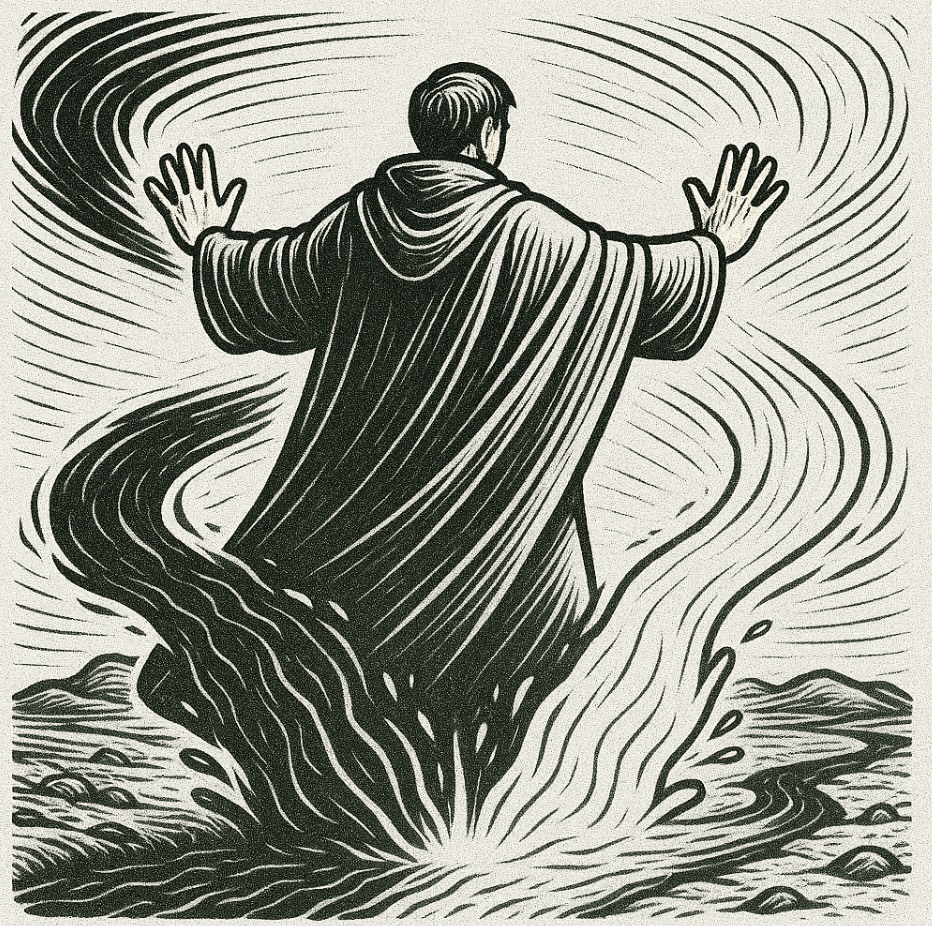
The Space Keeper is the person who actually knows how to say “No” and pushes away toxic energy when detected by the Discriminator. He also helps us let go of patterns of behaviour that are harming us. He frees us and gives us space to be ourselves. Practitioners of East Asian therapies may recognise this being as the Qi of the Large Intestine.
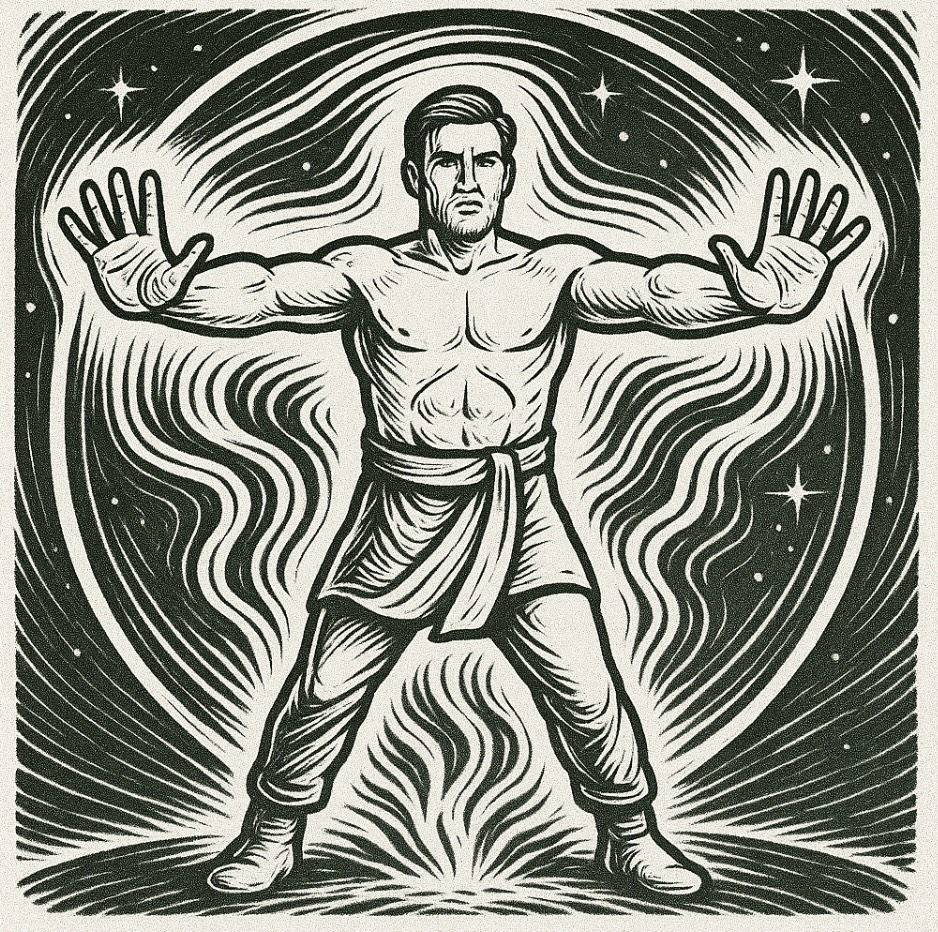
Another important figure in the Inner Community is The Shaman. She is the mouthpiece of the spirit and the channel for spontaneity and creativity. This part of the self is hard to sense while we are embedded in society, so needs regular and extended periods of alone-time to be heard. But when the narrative self is quietened, as in meditation or rumination, insights and messages from the deepest layers of the self bubble up spontaneously. In the language of Chinese medicine, this is the Shao Yin, channelling the primal Kidney energy into the awareness of the Heart.
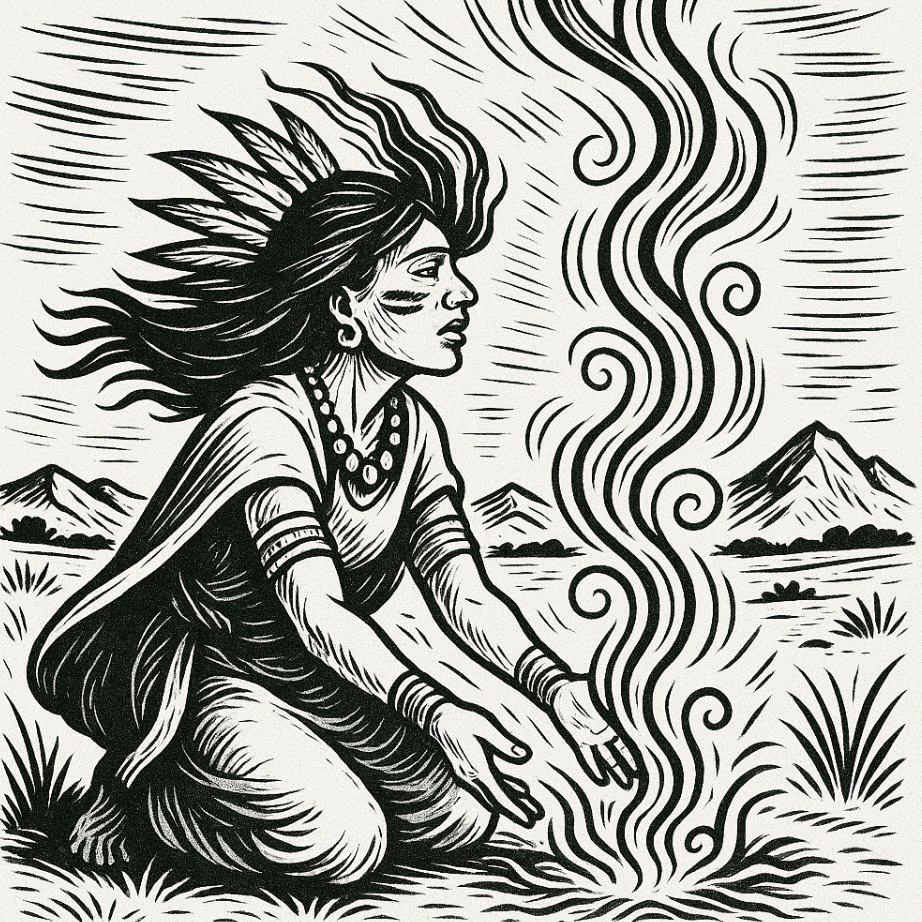
Seeing these functions as people rather than the rather abstract idea of meridian Qi changes the process of therapy dramatically. For instance, therapies like Shiatsu and Acupuncture traditionally start with a process of diagnosis. Essentially, a diagnosis is a story and so is in the domain of the narrative self. It is a way that the left brain can make sense of the state of the body-people so that we can know what to do. Although diagnosis and treatment can be intuitive, the way they are performed is often in the manner of the left-brain: categorising the person and working out how to change their state. The client is relatively passive in this process because it does not give them the opportunity to hear the wisdom of the body-people for themselves.
Alternatively, one can approach the therapy without an agenda or a diagnosis, teaching clients to be aware of sensations and impulses to move. This is playful and gives them a sense of empowerment. Working with movement enables the body-people to say what they need in order to do their jobs well and this naturally leads into focused bodywork. That is one of the reasons I like to use personal names for them rather than the traditional Chinese terms because it helps us to have conversations with them. By personalising the Qi-functions and recognising their action in daily life, we learn to know them as friendly guides rather than mysterious energies.
Learning to listen to the body
Most psychological theories include a dominant, Ego-self; owning the main ‘published narrative’ who acts as a central arbiter. If impulses come from other personalities, the Ego-self judges whether they fit into its self-image and represses or ignores them if not. In other words, the Ego-self gives leadership to the inner community, often as a dictator.
In my youth, I couldn’t sense an Ego-self. I was an unruly, non-organised group, continually getting into trouble. I desperately needed a part of me to act as a benevolent facilitator of my inner group.
In 1979 I met the work of Keith Johnstone[iii], who was a ground breaking theatre director exploring the process of improvisation. In his workshops, he used masks, posture, voice and movement to help actors become different characters. This was beautiful work which helped me articulate and express some of the shadowy parts of my narrative self. But it still did not give me a way of coordinating my inner group.
However, I discovered that I could adapt Johnstone’s techniques to bring the body-people into awareness. Rather than using masks, I developed a practice of body-scanning, tuning in to subtle sensations I would usually overlook. From there, I would choose one sensation and allow the rest of the body to embody its character — shaping posture, movement, and presence to reflect it.
In this way, the sensation became a gateway, bringing a distinct body-person to the foreground. Strikingly, these figures did not speak, and they had no narrative — yet they were profoundly expressive. Through this process, I found that different organs and structures in the body could speak for themselves, not in words, but through movement, posture, and feeling. It has since become a central thread in my work.
While narrative selves often focus on fitting into someone else’s story, the internal organs are indifferent to the opinions of others. I found that they tended to have a clearer sense of what I could handle, what I truly needed, and what was harmful. This awareness led me to a new way of making decisions: I gave my body a veto on my choices, providing a grounded perspective that helped me resist being seduced by external influences when they would harm me.
I feel now that the two groups of sub-personalities: Hare People and Tortoise People, Narrative Selves and Body Selves need each other. I believe that the future of humanity will be determined by whether the narrative self can recognise its limitations and see the whole-picture viewpoint of the tortoise-people. Giving the latter the power of veto turns out to be the key to balancing the Inner Community and developing the capacities that humanity is desperately needing: kindness, tolerance and the ability to resist societal pressures that would kill the spirit. So body therapies could contribute to a vital change in society if therapists can let go of the medical model of trying to fix the body and focus on showing people how to listen to it.
Bill Palmer and Teresa Hadland are running a five day residential course exploring this theme in the autumn see https://seed.org/residential-2025 for more details.
[i] Iain McGilchrist: The Master and his Emissary (2009)
[ii] Guy Claxton: Hare Brain, Tortoise Mind (1998)
[iii] Keith Johnstone: Impro (1979)

